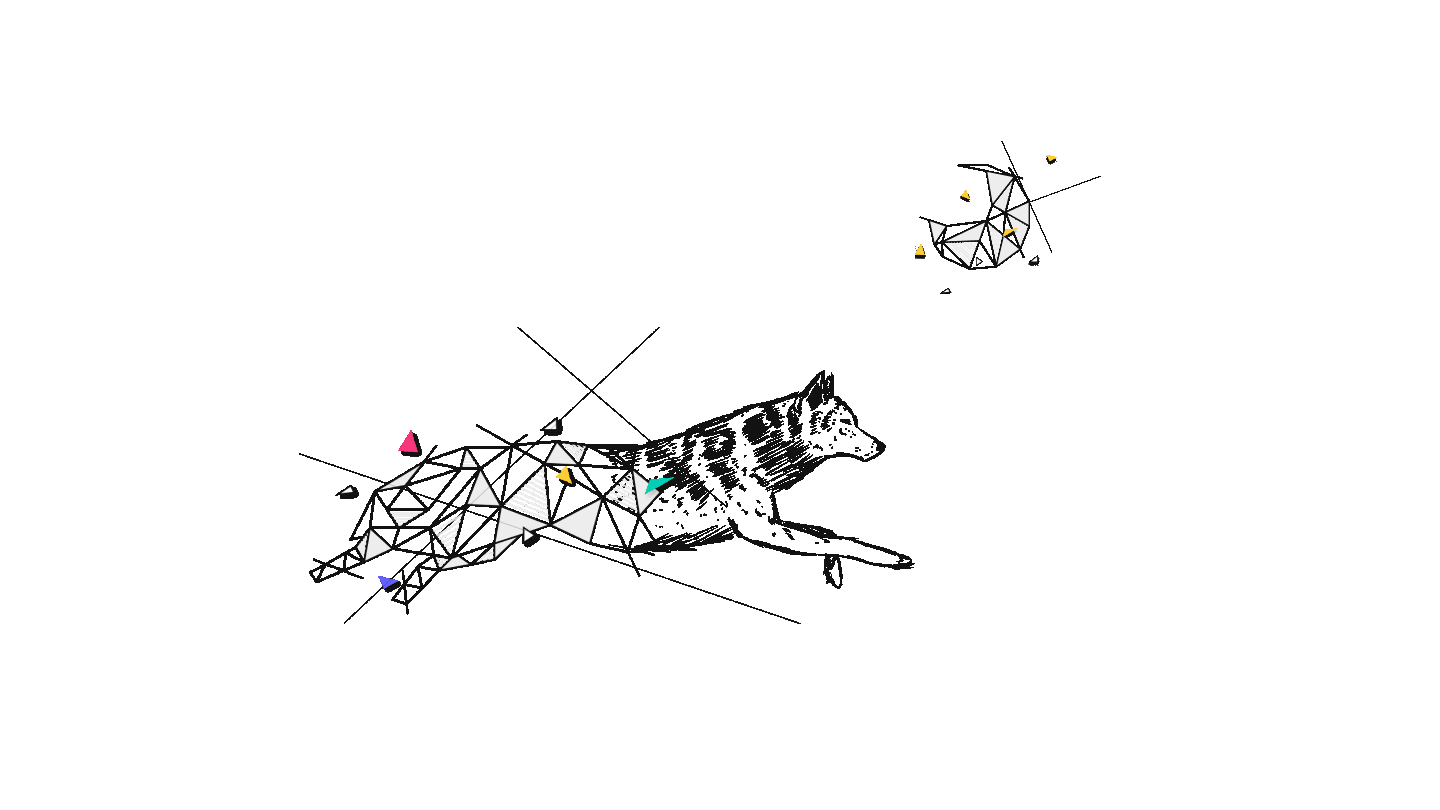Every year on the 10th of September, the International Association for Suicide Prevention (IASP) raises awareness across the globe about suicide and suicide prevention.
In a world where there are an estimated 800,000 suicides per year globally and approximately 16,000,000 suicide attempts (BMC Medicine). And if we narrow the data to the USA, the suicidal ideation is increasing among adults from 3.77 percent in 2012 to 4.19 percent in 2017. That’s over 10.3 million adults in the U.S. with serious thoughts of suicide (Mental Health America).
So how can an app prevent suicide attempts?
Suicide prevention and depression apps. How to build a reliable suicide prevention app
There are tons of therapy apps, suicide prevention apps, and anxiety management apps in the mobile marketplaces now. But only a few of them are truly accurate and help people.
To ensure you build a reliable app, even though there is a lack of literature and research in terms of technology-based suicide prevention, a good go-to would be the digitalization of the six evidence-based suicide prevention strategies approved by WHO (World Health Organisation) as well. Academically talking, Stanley, B. & Brown, G.K. (2011) published the Safety planning intervention: A brief intervention to mitigate suicide risk. Cognitive and Behavioral Practice that covers the following:
- Step 1: Warning signs
- Step 2: Internal coping strategies (Things I can do to take my mind off my problems without contacting another person)
- Step 3: People and social settings that provide a distraction
- Step 4: People whom I can ask for help
- Step 5: Professionals or agencies I can contact during a crisis
- Step 6: Making the environment safe
Features to consider for a suicide prevention app
- Mood and symptoms checker.
Ensure you provide a feature or functionality to write or select the symptoms and check the users' mood constantly to see how their feelings evolve. Sending out notifications to remind them to write them down also works well.
- Provide coping mechanisms and distractions
Provide a list of suggestions or cluster a list of ideas and activities that improve the mood of a person based on how they feel.
Provide functionality to add emergency contact people and set them in the easiest way possible to be helpful. They can be reached out directly from the app with just a few taps or can be automatically-contacted if certain moods or symptoms are tracked (be it once or multiple times in a row)
-
Provide a local helpline contact to reach out to during a crisis, no matter if it is at midnight or a specific day
There are official helplines in (almost) each country, but there are plenty of NGOs dedicated to helping as well. No matter which one you will choose, just test it and ensure it really works before adding it to the app.
While as an app is hard to create a safe environment for the user, you can always recommend them a place or a way to feel safe.
UX/UI for mental health apps
-
Onboarding: ensure a simple, straightforward, and human approach to introduce the user to the app and its core features. Provide soothing elements, therapist names, and photos to ensure the feeling of talking with people, not an application,
-
Warm and friendly user experience: use flat design, organic shapes, and easy to follow colors (green, blue)
-
Clean CTAs and buttons that lead the user to the safest action for the screen they are on
Mental health apps built by Wolfpack Digital
-
Pamble is the first integrated digital treatment for gambling addiction, which is affecting 1-5% of the population in the US, UK, and Canada, and even more during difficult times. By bringing together CBT techniques and other proven techniques used by world-renowned psychotherapy experts, the mobile app is both educational and practical. Pamble won the AlphaHub accelerator competition from 200 teams from 50+ countries in 2019. We have built this app in collaboration with Dr. Viorel Lupu, who is the Head of the Paediatric Psychiatry Clinic in Cluj, which has a special department for addiction treatment and is a Professor at the Faculty of Medicine and Pharmacy in Cluj.

-
Medusa is the first meditation app in Romanian, and this is also a fully in-house developed product by Wolfpack Digital Labs. We developed this product to support mental health and wellbeing, as meditation in one’s mother tongue is proven to be more effective in fighting off stress and illness. The Android and iOS apps are structured on multiple topics, such as fighting off depression, boosting self-confidence, calming down before a flight, etc.

Build Your Medical Software with Wolfpack Digital
We have a team of tech experts who understand the needs for a mental health app, be it for suicide prevention, anxiety management, meditations, or patient management & communication!
Got a health startup, or are you looking to digitalize any health services or any part of the medical act? Get in touch with us and let’s talk!








